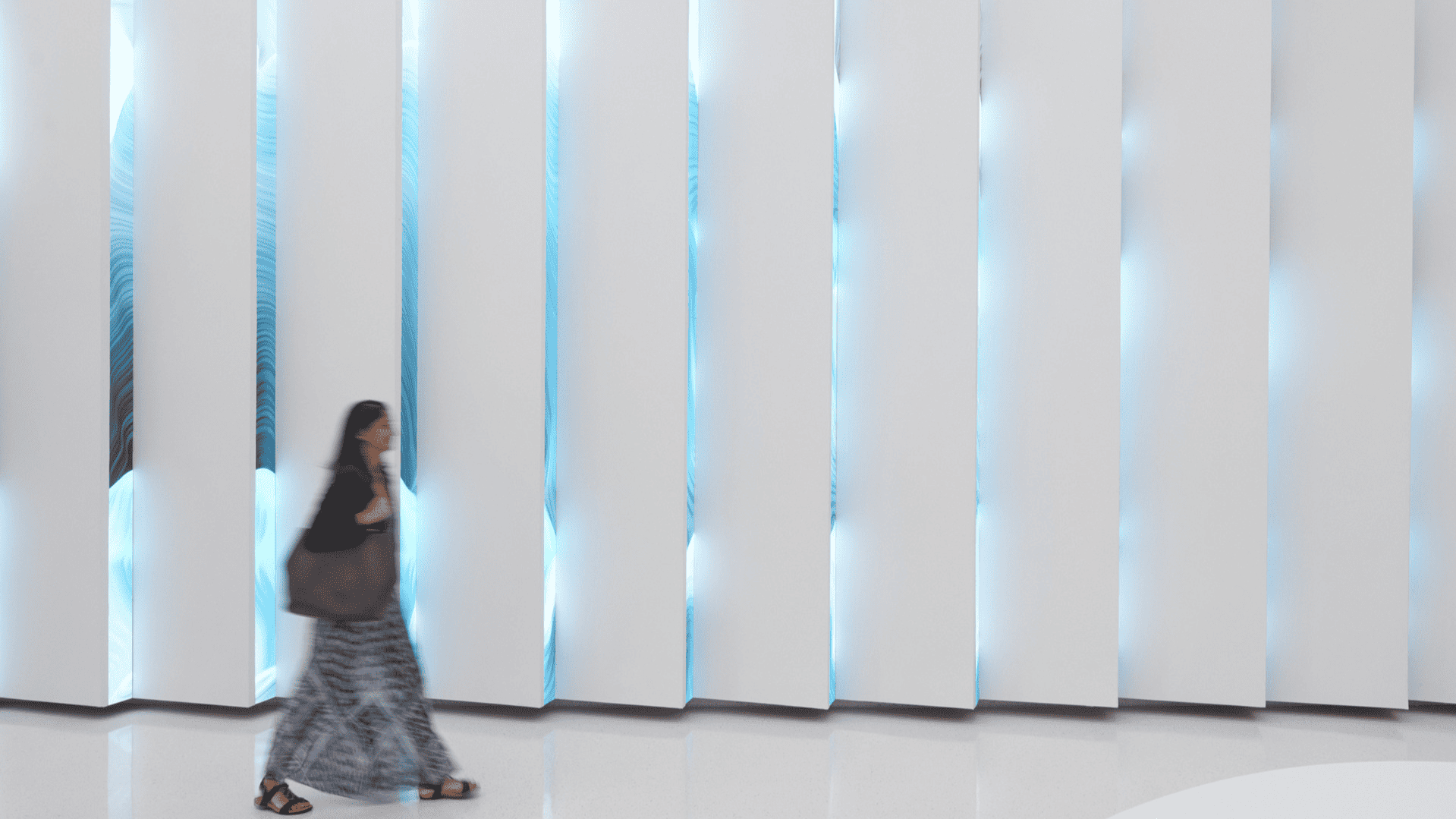In the fast-paced world of work, the spaces we inhabit play a pivotal role in shaping our daily experiences. In the ever-evolving landscape of work experience, the future of office design demands a thoughtful and integrated approach that aligns with the values of sustainability, community, employee development, flexibility, and a connection to nature. The following is a conceptual blueprint for the workspace of now and the future, incorporating five key guiding principles to redefine how and where we work.
DECARBONIZED WORKSPACES: PAVING THE WAY FOR A SUSTAINABLE FUTURE
The journey towards a sustainable workspace begins with a commitment to decarbonization. The built environment currently contributes 42% of the total global carbon emissions, where a majority is operating buildings. For designers, the challenge lies in creating visually stunning workspaces while ensuring a minimal carbon footprint. This can happen by incorporating energy-efficient infrastructure, smart building technologies, and responsibly sourced materials that minimize hazardous waste and byproducts as the initial go-to steps.
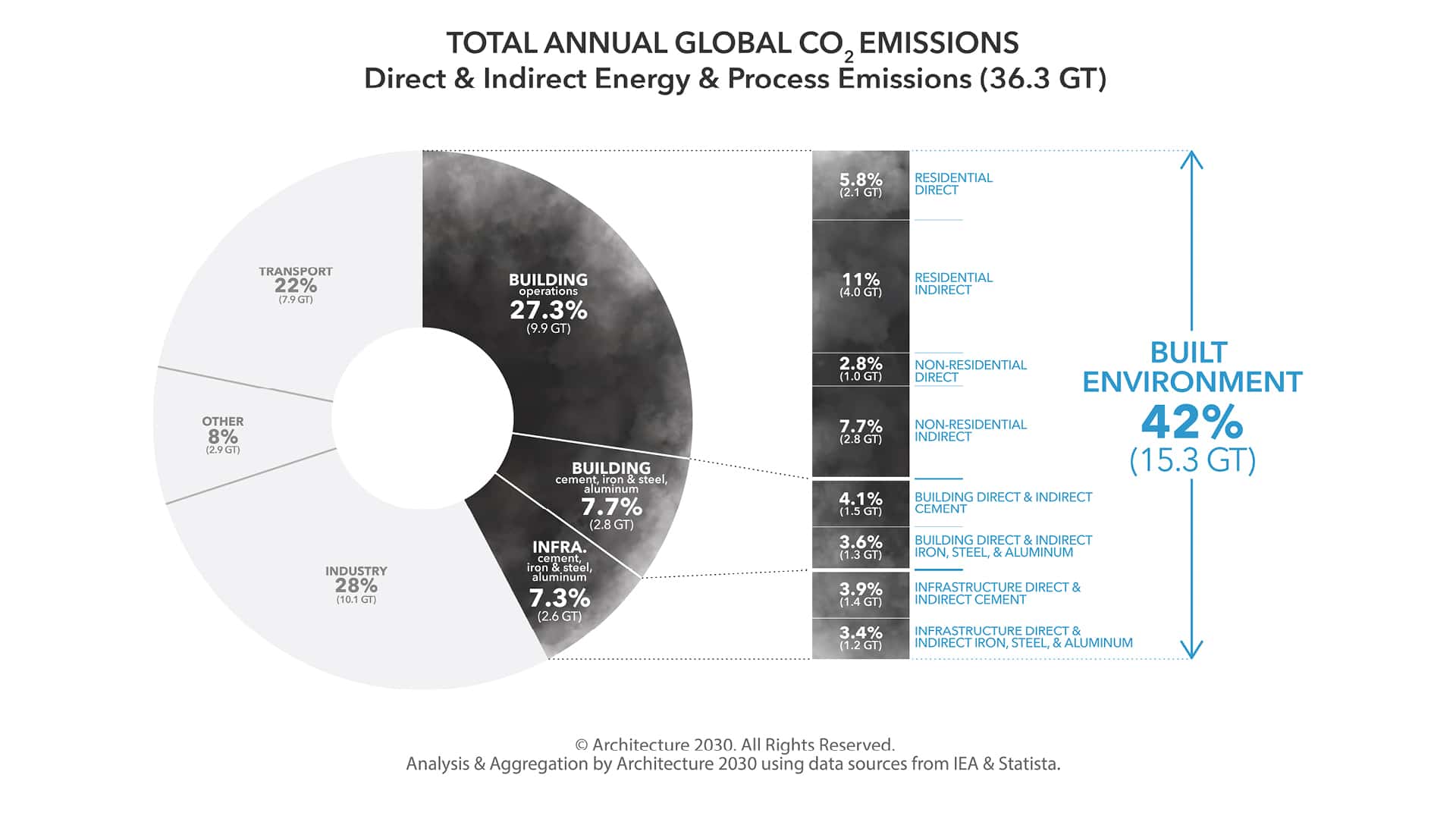
Adhering to sustainable building standards ensures the physical workspace is designed and constructed with the environment in mind. Implementing technologies that seamlessly integrate into work modes and spatial functionality allows for real-time monitoring and optimization of energy use. Additionally, promoting sustainable transportation options, such as bike racks and electric vehicle charging stations, further reduces the carbon footprint of a workplace.
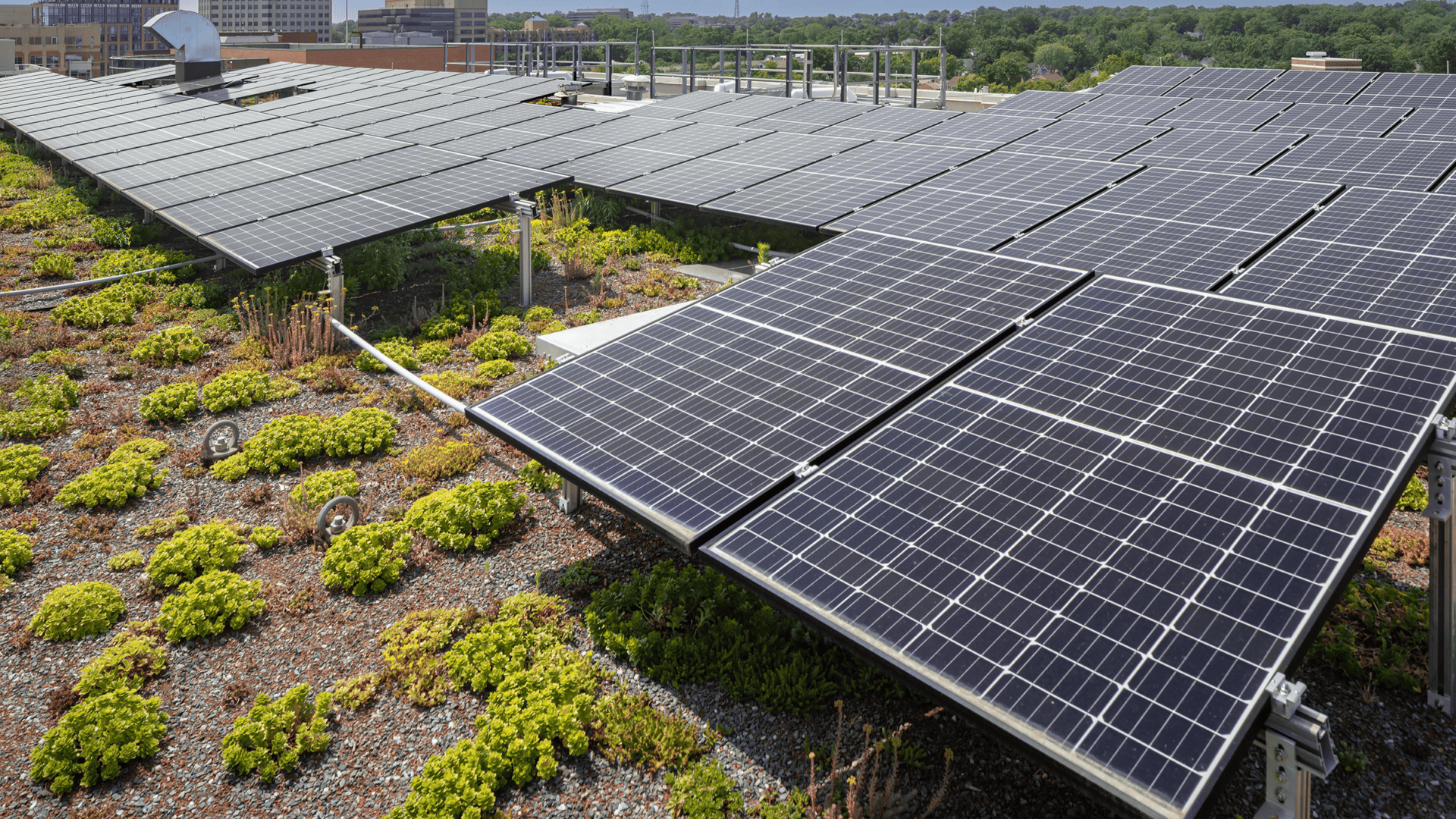
COMMUNITY-CENTRIC DESIGN: FOSTERING COLLABORATION AND ENGAGEMENT
A thriving workplace is built on a foundation of community, culture, and human engagement. Open and inclusive spaces encourage collaboration, while diverse work environments cater to various workstyles for focus, privacy, and personalization when needed. Workspaces must also allow for community engagement, including spaces for team-building and social gatherings, which play a crucial role in strengthening the sense of belonging among employees.
In an era where digital collaboration has become the norm, collaboration spaces must extend to digital spaces that foster the same sense of community. The challenge is to design workplace interfaces that are not only functional but also user-friendly and conducive to meaningful interactions. The office is no longer confined to physical walls. It must reach into the digital realm, connecting minds across distances.
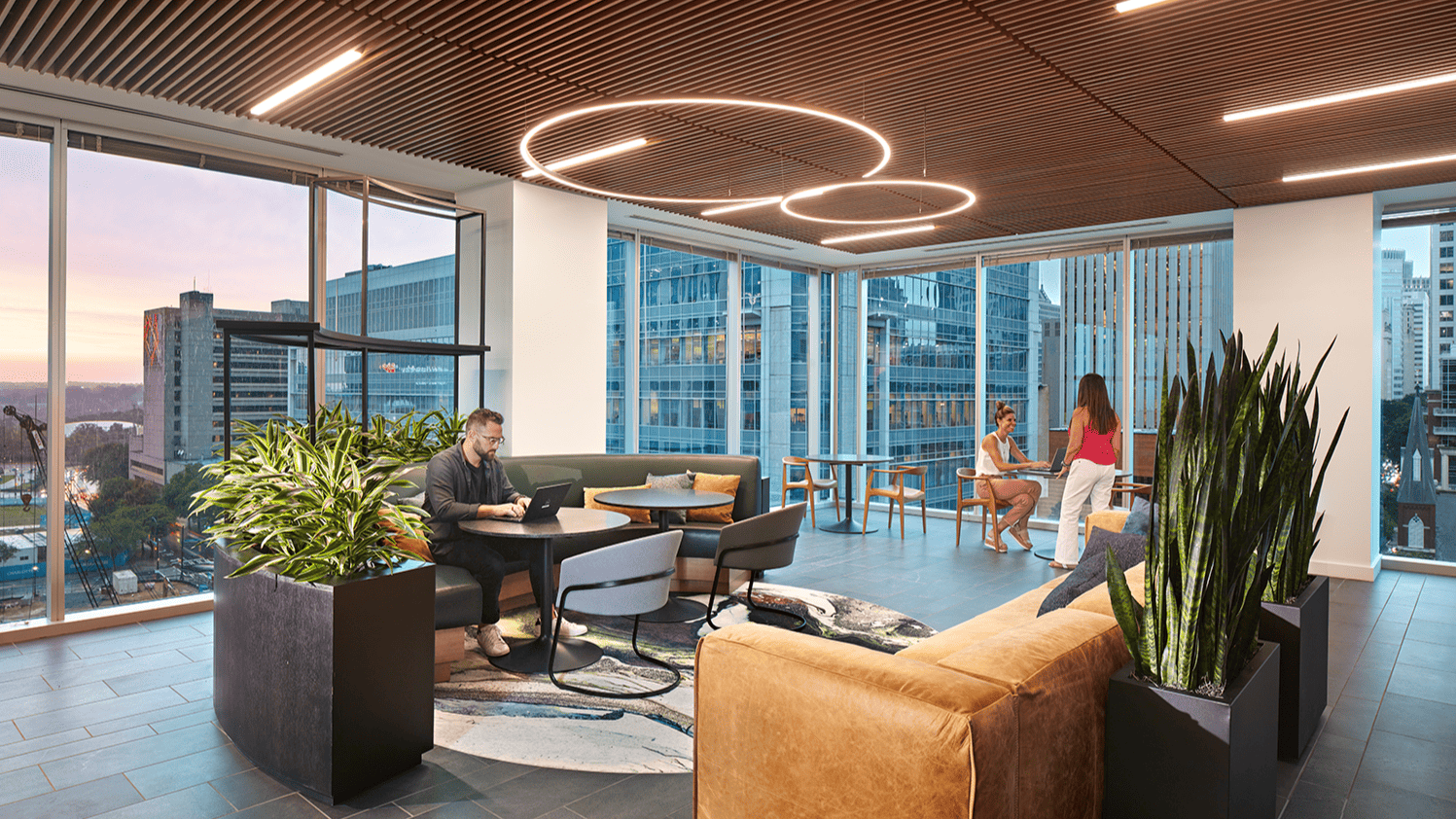
LEARNING ECOSYSTEMS: NURTURING GROWTH IN THE WORKPLACE
The workplace is and has always been a hub for continuous learning, skill development, and camaraderie. Learning cafés, knowledge libraries, or workshop laboratories for ongoing in-person and digital training, mentorship programs, and knowledge-sharing activities empower employees to grow professionally alongside one another. And according to Leesman, the best opportunities for workplaces of today and tomorrow that support in-office activities are spaces for “thinking/creative thinking” and “relaxing/taking a break.”

Collaboration areas that integrate tools for teaching and sharing critical information can be host spaces within the workplace, where employees can attend short, informative sessions on various topics. This informal setting encourages open discussion, where everyone can freely express their ideas and thoughts, helping to build a culture of creativity, personal growth, and inclusivity. Additionally, social spaces that are coupled with collaboration areas allow for in-person recognition and celebration to acknowledge achievements and milestones, fostering and maintaining a culture of appreciation and unity.
FLEXIBLE WORK OPTIONS: EMBRACING DIVERSITY IN WORK ARRANGEMENTS
Flexibility in the workplace is not just a modern buzzword; it’s a practical response to the evolving needs of the modern workforce. How and where employees work is a cornerstone of the future office. Agile workspaces with hot-desking options and flexible seating arrangements accommodate diverse work preferences. Robust remote work policies, personalized workstations, and the integration of advanced technologies provide employees with the autonomy to choose when and where they work.
The workplace, no longer confined to brick and mortar, becomes a stage where the rhythm of remote work, flexible schedules, and personalized workstyles harmonize with the individual preferences of each employee. This could include a mix of private offices, open collaboration spaces, social spaces, and quiet zones, allowing employees to choose the setting that suits their workstyle for particular moments over time.
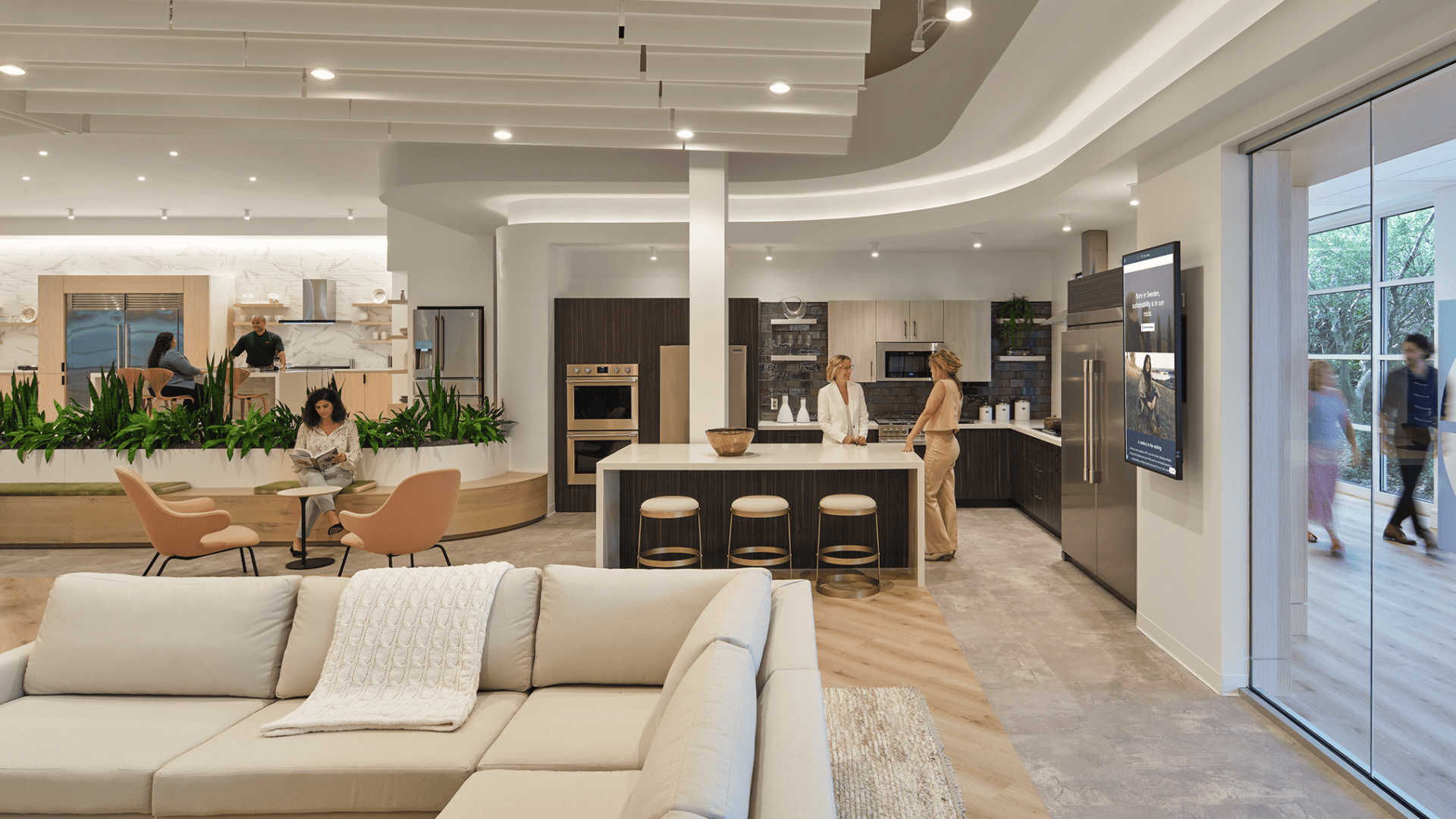
BRINGING NATURE TO WORK: NATURE INTEGRATION AND BIOPHILIC DESIGN
With its timeless melody, nature should be an integral part of the workplace. By integrating natural elements and smart technologies that respond and optimize to the daily and seasonal rhythms and stochastic patterns of nature, designers breathe life into various spaces to spark creativity and productivity while also providing opportunities for restoration and contemplation. The result can be a symphony for the senses, a harmonious blend of the digital and the organic, creating an environment that resonates with the inherent connection between humanity and the natural world.
Biophilic elements, such as indoor plants, living walls, and greenery, enhance air quality and create a calming atmosphere. Outdoor workspaces, nature-inspired aesthetics, and a harmonious color palette further reinforce the connection between the workplace and the natural world. Organizations can enhance employee satisfaction, reduce stress, and promote a more positive and productive workplace culture. Biophilic elements not only beautify the workspace but also contribute to the physical and mental well-being of employees. According to the Harvard Business Review, “experiencing even small doses of nature at work improved the way employees felt in ways that fueled higher task performance, increased helping, and enhances creativity.
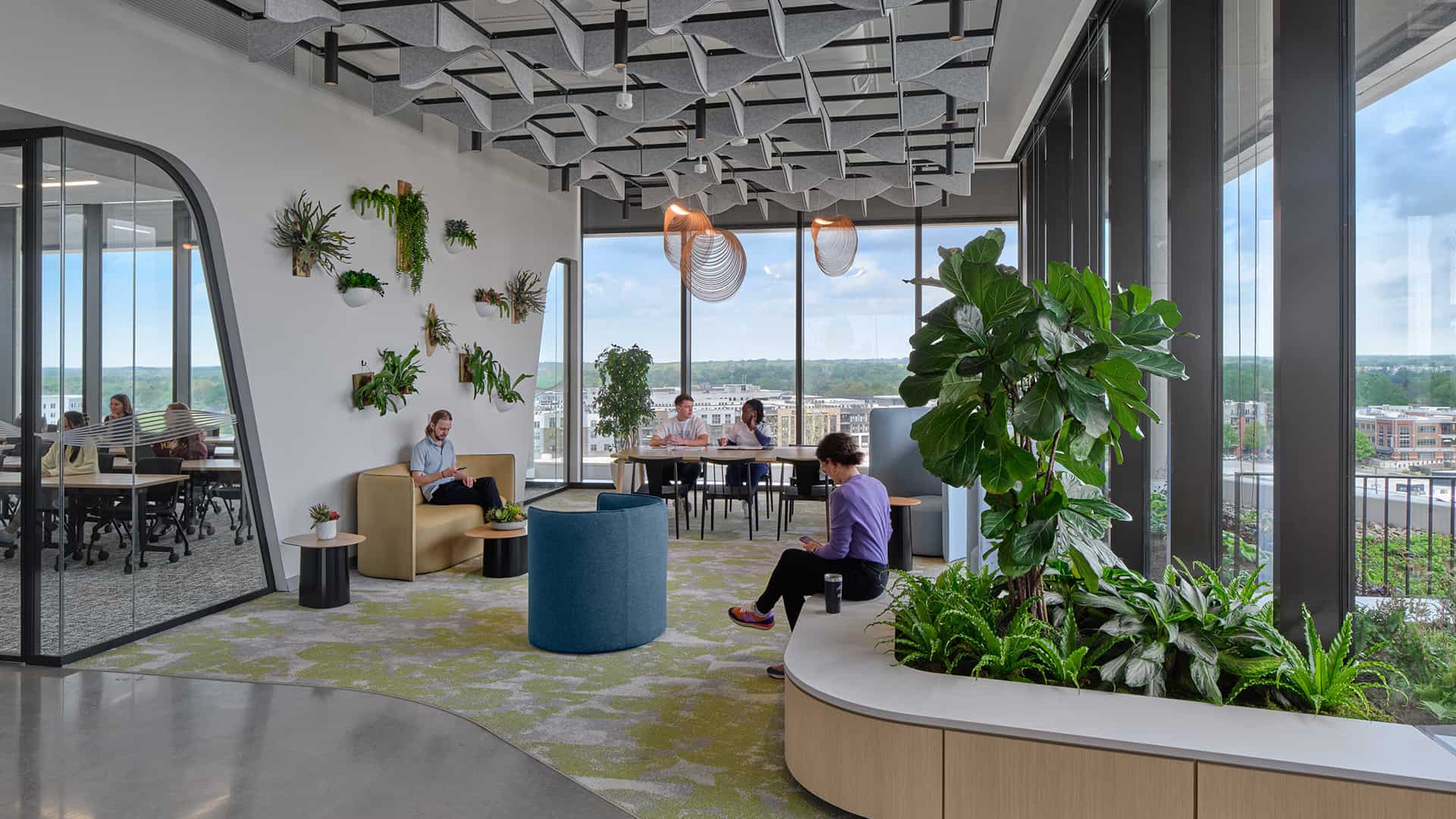
A VISION FOR TOMORROW’S WORKPLACE: IT MUST BE HUMAN-FOCUSED
In envisioning the workspace of the future, a holistic approach that combines sustainability, community, learning, flexibility, and nature integration is paramount. By intertwining these principles, organizations can create a dynamic, engaging, and sustainable environment that not only attracts top talent but also nurtures the well-being and growth of their workforce.
As we look ahead, let this conceptual blueprint guide the transformation of our workplaces into spaces that inspire, innovate, and prioritize the holistic needs of employees and the planet. In doing so, the workplace, when harnessed with intention and insight, transforms the mundane into the transcendent, creating work environments that resonate with the very essence of what it means to be human.
Learn more about the working world and how its culture is being redefined. Little’s recently published Beyond Workplace III book explores the possibilities, the realities, and even the impossible.
